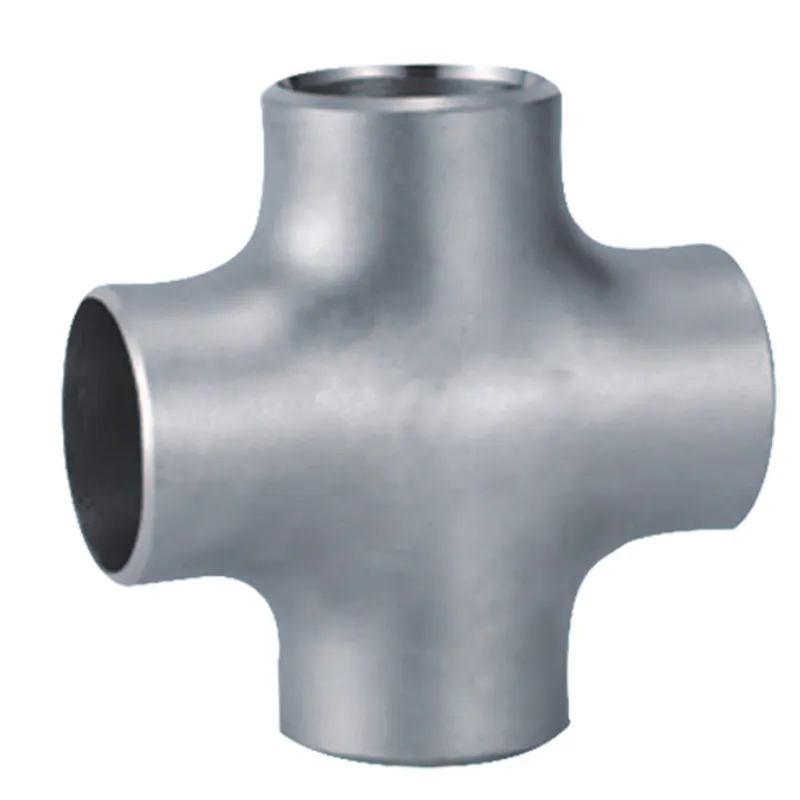-
Cangzhou Yulong Steel Co., Ltd.
-
Phone:
+86 13303177267 -
Email:
admin@ylsteelfittings.com
- English
- Arabic
- Italian
- Spanish
- Portuguese
- German
- kazakh
- Persian
- Greek
- French
- Russian
- Polish
- Thai
- Indonesian
- Vietnamese
- Zulu
- Korean
- Uzbek
- Hindi
- Serbian
- Malay
- Ukrainian
- Gujarati
- Haitian Creole
- hausa
- hawaiian
- Hebrew
- Miao
- Hungarian
- Icelandic
- igbo
- irish
- Japanese
- Javanese
- Kannada
- Khmer
- Rwandese
- Afrikaans
- Albanian
- Amharic
- Armenian
- Azerbaijani
- Basque
- Belarusian
- Bengali
- Bosnian
- Bulgarian
- Catalan
- Cebuano
- China
- China (Taiwan)
- Corsican
- Croatian
- Czech
- Danish
- Esperanto
- Estonian
- Finnish
- Frisian
- Galician
- Georgian
- Kurdish
- Kyrgyz
- Lao
- Latin
- Latvian
- Lithuanian
- Luxembourgish
- Macedonian
- Malgashi
- Malayalam
- Maltese
- Maori
- Marathi
- Mongolian
- Myanmar
- Nepali
- Norwegian
- Norwegian
- Occitan
- Pashto
- Dutch
- Punjabi
- Romanian
- Samoan
- Scottish Gaelic
- Sesotho
- Shona
- Sindhi
- Sinhala
- Slovak
- Slovenian
- Somali
- Sundanese
- Swahili
- Swedish
- Tagalog
- Tajik
- Tamil
- Tatar
- Telugu
- Turkish
- Turkmen
- Urdu
- Uighur
- Welsh
- Bantu
- Yiddish
- Yoruba

Dec . 15, 2024 11:54 Back to list
api5l pipe specification
Understanding API 5L Pipe Specification
The API 5L pipe specification, established by the American Petroleum Institute (API), serves as a critical standard in the oil and gas industry. This specification covers seamless and welded steel pipes that are designed for the transportation of oil, natural gas, and other fluids. The importance of API 5L lies in its universal acceptance and the assurance it provides regarding the quality, safety, and performance of pipes used in critical applications.
Overview of API 5L
API 5L was first introduced in 1923, and it has undergone several revisions to keep pace with technological advancements and the evolving needs of the industry. The specification outlines the technical requirements for the manufacturing and testing of line pipes. It sets standards for material properties, dimensions, and tolerances, ensuring that the pipes can withstand high pressures and corrosive environments.
The specification categorizes pipes into two main product specification levels (PSL) PSL 1 and PSL 2. PSL 1 is the basic level of quality, while PSL 2 provides enhanced mechanical properties, chemistry requirements, and additional testing procedures. This differentiation allows manufacturers and customers to select pipes that meet their specific application needs.
Material Grades
API 5L specifies various grades of steel pipes, and these grades are denoted by the letters 'X' followed by a numerical value (e.g., X42, X52, X60, X70). The 'X' indicates the minimum yield strength in thousands of pounds per square inch (psi). For example, a pipe graded X60 has a minimum yield strength of 60,000 psi. The higher the grade, the stronger the pipe, which is vital for applications involving high pressure or severe service conditions.
In addition to yield strength, the specifications also address chemical composition, including the allowable amounts of elements such as carbon, manganese, phosphorus, and sulfur. This ensures that the pipes possess the necessary toughness and corrosion resistance for their intended use.
api5l pipe specification

Manufacturing Processes
API 5L pipes can be produced through various manufacturing processes, including seamless and welded methods. Seamless pipes are manufactured without any joints, which significantly enhances their strength and reliability. On the other hand, welded pipes involve joining two steel plates together, which can be advantageous for cost and production efficiency. The choice between seamless and welded pipes often depends on the specific requirements of the project.
The manufacturing process also includes stringent quality control measures. Pipes are subjected to various tests, such as non-destructive testing (NDT), hydrostatic testing, and mechanical testing, to ensure that they meet the required standards. These tests evaluate the integrity, strength, and durability of the pipes, minimizing the risk of failures in the field.
Applications of API 5L Pipes
API 5L pipes are used extensively in the oil and gas industry, particularly in pipeline systems for transporting crude oil, natural gas, and refined products. They are also utilized in water distribution, heating systems, and other industrial applications. The versatility of these pipes allows them to be used in drilling, production, and transportation activities, making them an indispensable component of the energy sector.
Conclusion
In summary, the API 5L pipe specification is a vital standard that ensures the production of high-quality steel pipes for the oil and gas industry. With its emphasis on material properties, manufacturing processes, and rigorous testing protocols, API 5L provides the foundation for safe and effective transportation of fluids in challenging environments. As the industry continues to evolve, so too will the API 5L specification, adapting to new challenges while maintaining its commitment to quality and safety. Understanding and adhering to API 5L not only enhances the reliability of pipeline systems but also contributes to the overall sustainability of energy resources.
Latest news
-
ANSI 150P SS304 SO FLANGE
NewsFeb.14,2025
-
ASTM A333GR6 STEEL PIPE
NewsJan.20,2025
-
ANSI B16.5 WELDING NECK FLANGE
NewsJan.15,2026
-
ANSI B16.5 SLIP-ON FLANGE
NewsApr.19,2024
-
SABS 1123 FLANGE
NewsJan.15,2025
-
DIN86044 PLATE FLANGE
NewsApr.19,2024
-
DIN2527 BLIND FLANGE
NewsApr.12,2024
-
JIS B2311 Butt-Welding Fittings LR/SR 45°/90° /180°Seamless/Weld
NewsApr.23,2024











